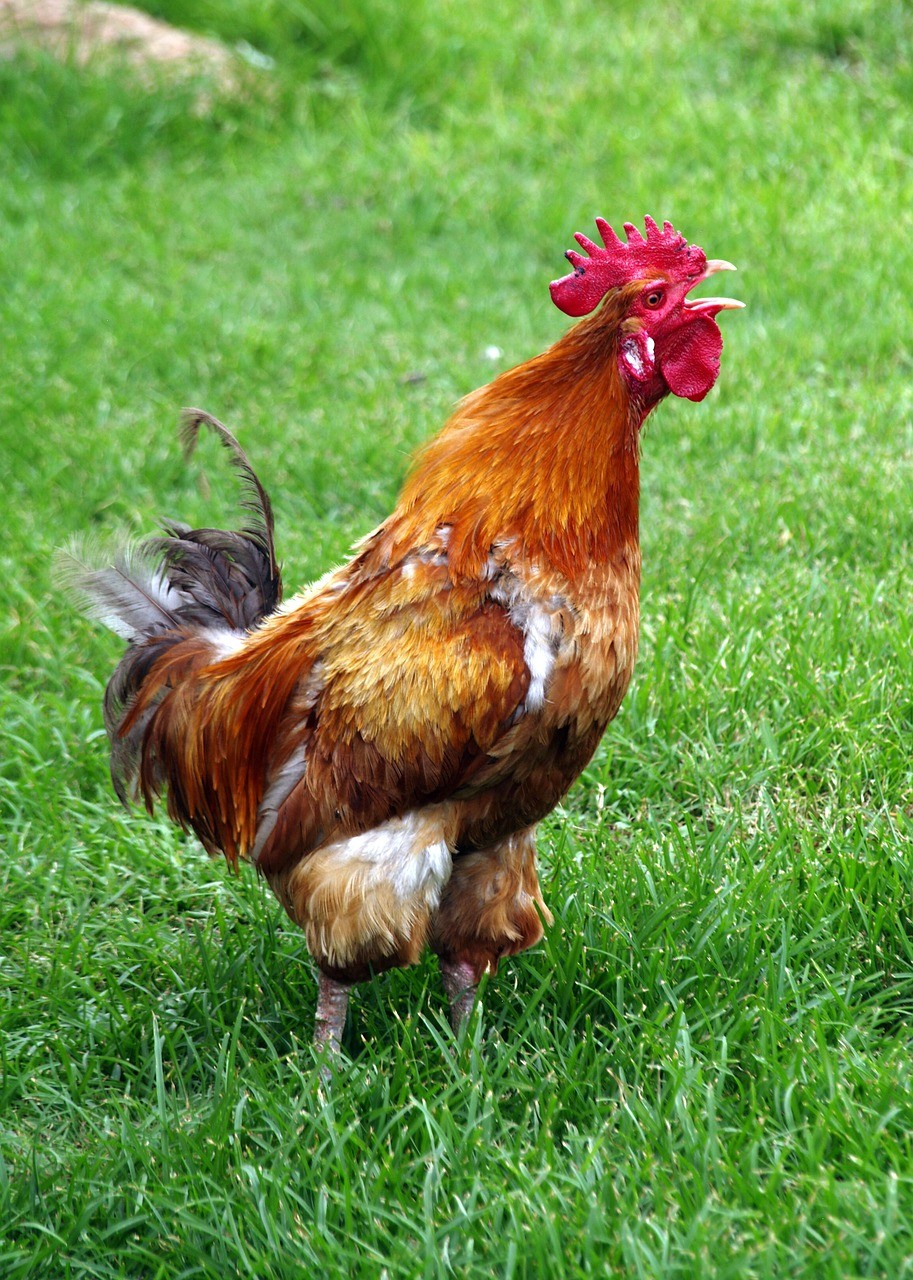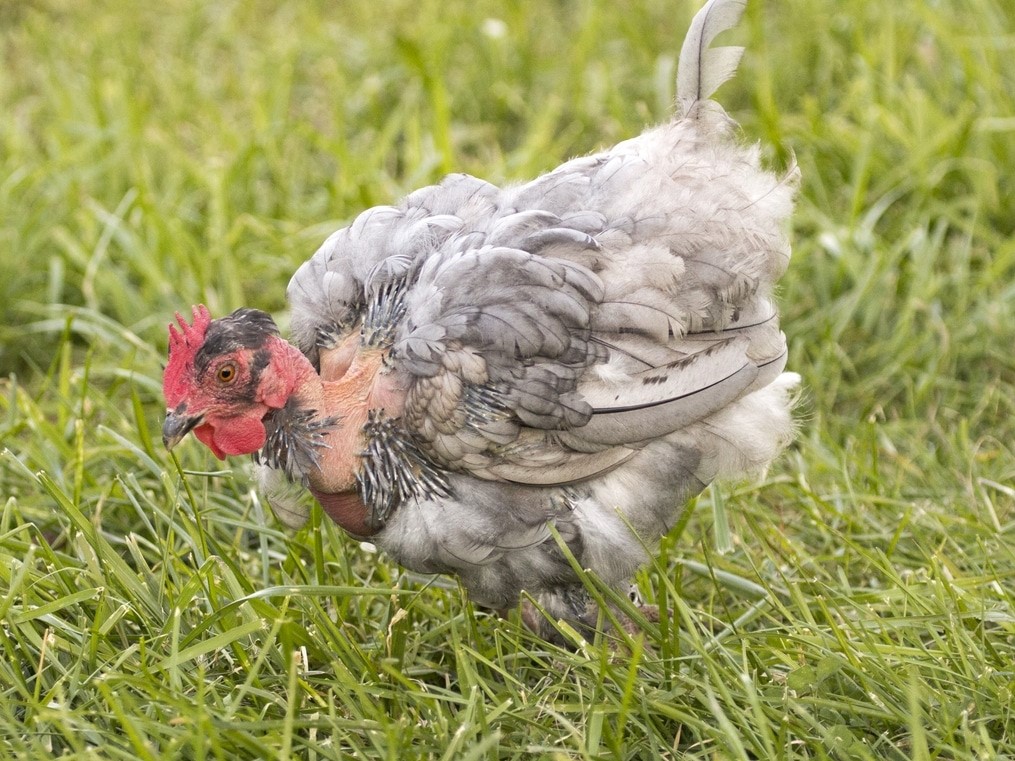All About Molting Chickens
poultry care & maintenance
About
Our Feed
Poultry
Care Corner
Poultry
Products
Grains &
Simple Ingredients
Where
to Buy
All About Molting Chickens
As the days grow shorter and the sun sets a little sooner in the evening, the decreasing daylight signals to your chickens that it’s time to molt. Some of your birds may have already begun the process, and the others will follow soon enough. Learn all about molting chickens as well as the care and maintenance of your flock.
What is molting?
Molting is the natural shedding of old feathers and growth of new feathers. Chickens go through a few molts as they develop from chicks to mature birds, and after that they will molt every year in late summer or fall. If suddenly you take a look at your flock and notice your birds look a little naked, don’t panic! This is a perfectly normal and natural process.
What can I expect during molting season?
Each bird goes through their molt a little differently. Some might only lose a few under-feathers, and just look a little less fluffy than usual. Some have it a little rougher, and go totally bald. Most will be somewhere in between those two extremes. Feathers begin shedding at the head, then back, then breast and thighs, and finally the tail. Other than feeling a little exposed, your chickens should be acting normal.

You will notice a drop in egg production from your flock during molt. That’s because a hen’s body will put all it’s energy and protein intake towards the growth of new feathers. Hens might lay less eggs, or stop laying all together, until their molt is completed. The molting process can take anywhere from 3 weeks to 12 weeks, depending on the individual bird, but the average is around 7-8 weeks.
New emerging feathers are called pin feathers. They begin as a feather shaft covered in a waxy coating. These pin feathers have an active blood supply. If a pin feather is damaged, it may bleed profusely, even though the injury isn’t severe. If you experience this situation, it’s best to use tweezers and remove the bleeding pin feather.
Once the pin feathers have full come in, the waxy coating falls off, the blood supply dries up, and the feather unfurls. You may see these waxy casings on your coop floor.

What do I do during molt?
There’s a couple of things you can do to help your birds out during this time. While molting is normal, it’s an uncomfortable process, and they could use your support.
- Reduce stress in the flock. That means avoid changing up the everyday routine, moving the coop, or bringing in new flock members.
- Don’t handle birds unless absolutely necessary. New emerging feathers are extremely sensitive, painful even. It’s best just to let your birds alone until the molt is over.
- Feed a higher protein diet. Feathers are made mostly out of proteins (about 85%). By increasing the protein in your chickens’ feed, you are giving them the nutrients they need to grow new feathers.
Star Milling manufactures Kelley’s or Ace High 20% protein feed that is a great option for molting chickens. It’ll give your chickens the extra boost they need to grow new, beautiful feathers in no time. Want to learn more about poultry care? Visit the Poultry Care Corner for more information.
